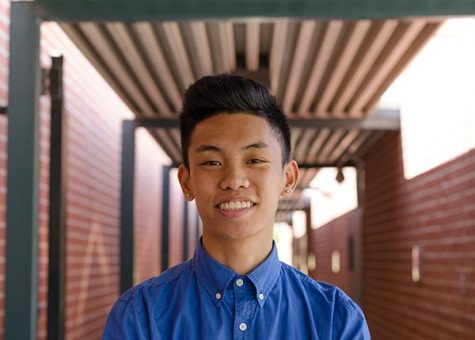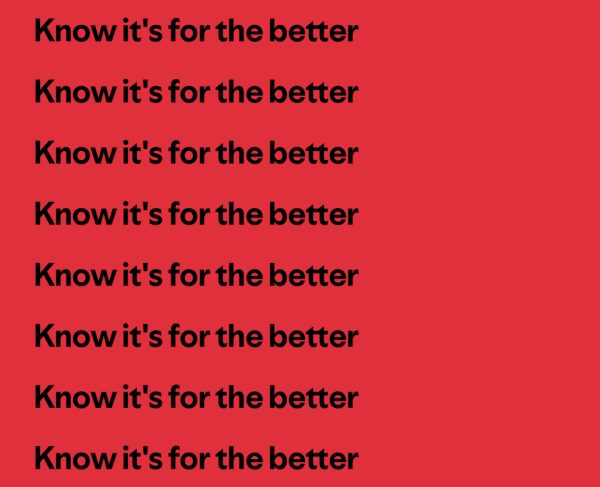Marijuana seems poised for legalization in California
Other states grapple with the challenges legalization brings

In the United States, some states have recently legalized marijuana for medical or recreational use. According to information posted by Governing Data, 19 states have legalized marijuana only for medical use. Some of the states that have legalized medical marijuana include Arizona, California, Illinois, Maine and Michigan. Four states that allow marijuana for recreational use include Alaska, Colorado, Oregon and Washington.
States have varied marijuana laws. According to Find Law, in California medical marijuana is legalized under the Compassionate Use Act. Possessing up to an ounce of marijuana is a civil infraction in California. However, selling marijuana illegally or the use of non-medical marijuana are still serious crimes in California. According to the National Organization for the Reform of Marijuana Laws Punishments (NORML), violating California medical marijuana laws include incarceration ranging from six months to seven years and fines ranging from $100 to $50,000.
States such as Colorado which have legalized marijuana for recreational use allow users to use marijuana with restrictions. According to the Colorado Pot Guide, if an individual is of 21 years or older than they are legally allowed to possess marijuana. An individual who wishes to use marijuana is allowed to own up to an ounce of THC and does not have to be a resident of Colorado.
However, in Colorado it is not permitted to use marijuana publicly. Individuals who are caught smoking marijuana in public will receive a ticket similar to container laws for drinking in public.
With this trend of marijuana legalization, some have raised concerns for what this means for teenagers. According to a recent opinion piece in the Boston Globe, the use of marijuana has increased in Colorado.
According to the Boston Globe, with marijuana legal in Colorado, teenagers are now 20 percent more likely to use marijuana regularly and 40 percent more likely to become regular users than their peers in Massachusetts.
Furthermore, statistics published by the National Institute on Drug Abuse show that about 24 percent of teens in high school tried marijuana in 2015. According to the National Institute on Drug Abuse, people who begin using marijuana at the age of 12 are most likely to have a serious illness from using it compared to someone who takes marijuana at the age of 18. According to Wtimer, nearly 53 percent of users first take marijuana between the ages of 12-17.

Infographic of the current states that has made marijuana illegal, legal for medical use, and legal for recreational use.
There are many reasons why many teenagers smoke marijuana. According to The National Institute on Drug Abuse, smoking marijuana allows the user to feel relaxed. The user is relieved of stress, pain, fear and anxiety. Many teenagers also try marijuana out of curiosity.
“When I was in high school, I would smoke marijuana when I come home,” said John (not his real name). “School would make me feel very tense and depressed.” According to Partnership for Drug Free Kids, the top reasons why teenagers smoke marijuana is because they are influenced by popular media, teenagers consume marijuana out of boredom, and to rebel against their parents.
Other teens say they tried marijuana because someone asked them if they wanted to try it. “I tried marijuana once in my life when I was a teenager,” said Aren (not his real name). “I wanted to at least try marijuana once in my life.”
Another reason why many people try marijuana is because of peer pressure or curiosity. Some people who have tried marijuana once and never got addicted to it. “Marijuana isn’t as addictive as smoking cigarettes,” said Anna (not her real name) “I rarely do marijuana unless I am with hanging with some friends. It is easy to control yourself when taking it.”
There have been public debate about the legalization of marijuana. The writers of the recent Boston Globe opinion piece believe that marijuana should not be legalized for commercial use because marijuana is not safe. Marijuana also puts a threat to public safety, the writers say. Marijuana-related emergency room visits have increased to 30 percent. Marijuana can be used in the form of food and can be mistakenly consumed by a child which is dangerous.
On the other hand, the Drug Policy Alliance believes that marijuana should be taken out of the criminal justice system. The Drug Policy Alliance also mentions that marijuana should be regulated like alcohol and tobacco. According to the Drug Policy Alliance, legalizing marijuana will create more jobs. Marijuana will provide more economic opportunities in the economy instead of the illicit market. Legalizing marijuana will also help save money by focusing law enforcement somewhere else instead of marijuana regulation.
According to the Drug Policy Alliance, the criminalization of marijuana harms young people and if regulating marijuana is done in a strategic way, fewer teens will be harmed from the drug.
Health teacher Randy Tiffany said that marijuana is dangerous for teenagers because their brains are not fully developed. “By exposing marijuana at a young age, their brains will not develop properly.”
Tiffany said that it’s only a matter of time before California legalizes marijuana for recreational use. “I would not like to see marijuana legalized for people who do not need it,” Tiffany said. “If marijuana becomes legal, then I would teach my students about the legalization and effects of marijuana.”
Some teenagers are against the use of marijuana. “I don’t think teenagers should take marijuana,” said junior Steven Lopez. “Studies have shown that taking marijuana can lead to some undesirable side effects.”
Depending on the amount taken, there are different side effects of marijuana. According to California Court Info, low doses causes short-term effects which include poor memory, inability to learn complex ideas, poor muscle coordination, impaired judgment, short attention span and dangerous driving behavior. Larger doses are more serious than short doses. These side effects include hallucinations, delusions, anxiety attacks and depression.

Local strike in Minnesota to legalize marijuana.
Teenagers often believe that smoking marijuana is harmless. “Smoking marijuana is less harmful and addictive than cigarettes,” said John (not his real name). “A person is better off smoking marijuana than consuming the other legal drugs.” Teenagers who perceive marijuana as harmless are often convinced by people around them that it is not dangerous. According to Partnership for Drug-Free Kids, friends, family and role models will often portray marijuana as harmless because they do not feel the effects of marijuana.
According to the U.S. Department of Justice, marijuana contains over 400 chemicals. Many of these chemicals are similar to the chemicals used in cigarettes. Smoking marijuana is riskier than other methods. This is because when users smoke marijuana they will hold their breath for a long period of time. Performing this method can severely irritate the throat and lung tissues. Progressive use would lead to lung cancer.
This year may be the time when California legalizes the Adult Use of Marijuana Act (ADUMA). According to the Orange County Register, 56 to 60 percent of California’s potential voters in the Nov. 2016 presidential contest support the legalization of marijuana if it were to be on the ballot. Moreover, $500,000 have been donated to the campaign to put this initiative on the ballot. Law enforcement and other groups are working to stop the legalization of marijuana. However, support for ending marijuana prohibition remains strong in California.

Hobbies/Interests: Martial Arts
Favorite Movie: Back to the Future
Favorite Food: Steak
Plans for the future: Pediatrician
Three Words to Describe...













